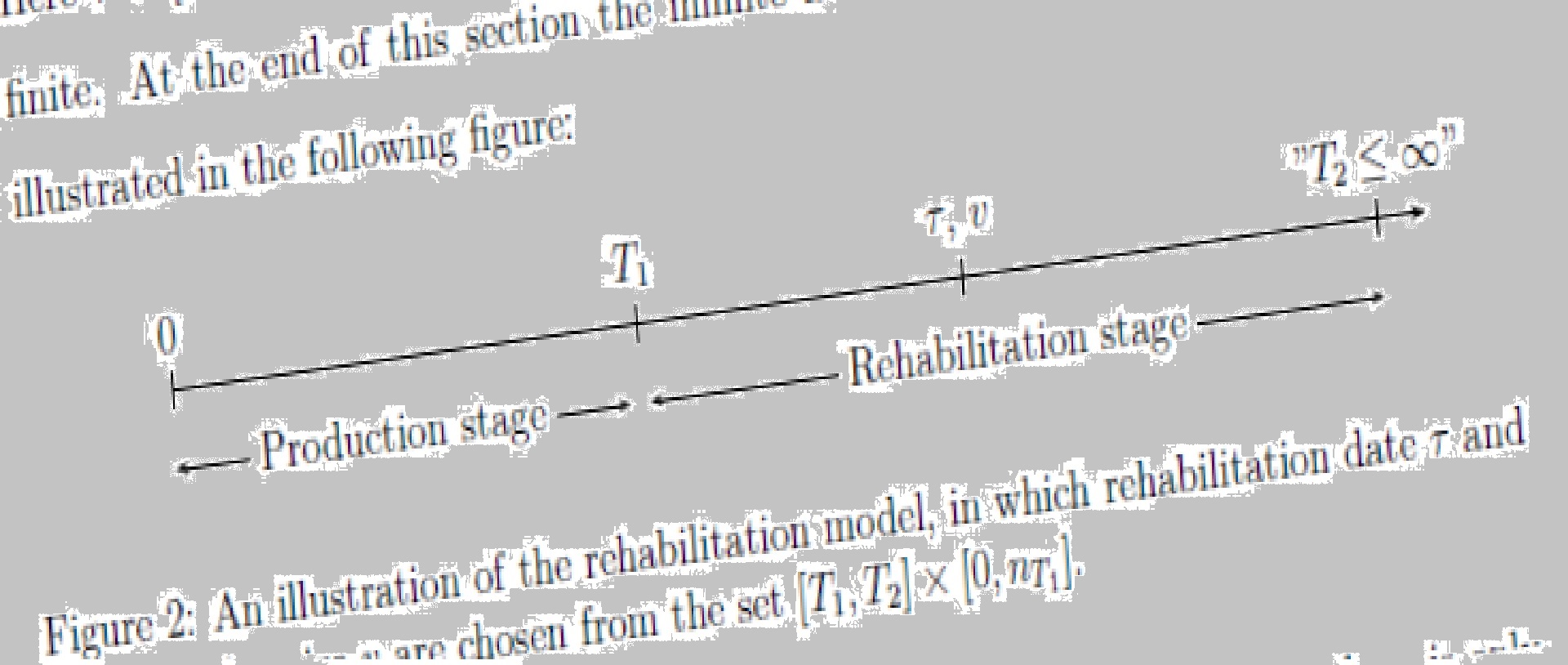MILO-blog for a MSCA-project
Working paper: Extraction and rehabilitation

It has been some time since I have posted anything here since I was rather busy during the summer with the conferences and other (even nicer) stuff. One of the happy news I got during the summer was a message from the editor of Resource and Energy Economics that one of my older papers was accepted for publication. The paper is about cleaning up some of those polluted sites we have all around the world. Before you think the results explicitly solve anything, let me explain that it’s a theoretical paper and uses some math to analyze the optimal clean-up order of these sites. In case you’re interested you can check out the model here.
Why am I posting about a paper that is not really a part of the MILO-project? The reason is that the first working paper of the project titled “A model of optimal extraction and site rehabilitation” applies the model to analyze the regulation needed to internalize some of the negative externalities (local/regional pollution) related to exhaustible resource production. The basic message is that to guarantee welfare maximizing extraction choice by the firm and the proper rehabilitation of the production site, a tax instrument should be applied. The optimal tax has the following three-part structure:
-
It is time-dependent, that is, it varies in time;
-
It is defined on the optimized production period from the start of the operation at year 0 to the shut-down date;
-
It includes a lump-sum component, which is the optimized rehabilitation payment reflecting the cost of rehabilitation.
Without the lump-sum component rehabilitation (or the polluted site clean-up) will not be completed, which leads to welfare loss. Similarly, just requiring the firm to pay the lump-sum component results in welfare loss because then the extraction rate and pollution generation during the production stage are too high. All three parts are needed.
If you want to read more, you can download the working paper here. I’ve revised the paper on 9.1.2019; main changes are simplified notation and inclusion of a comparison to a recent paper by Yang and Davis (2018) on the same topic.
Written on October 8th, 2018 by Pauli Lappi